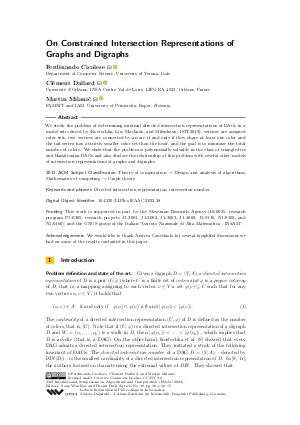LIPIcs.ISAAC.2022.38.pdf
- Filesize: 0.7 MB
- 15 pages

 Creative Commons Attribution 4.0 International license
Creative Commons Attribution 4.0 International license





















Feedback for Dagstuhl Publishing